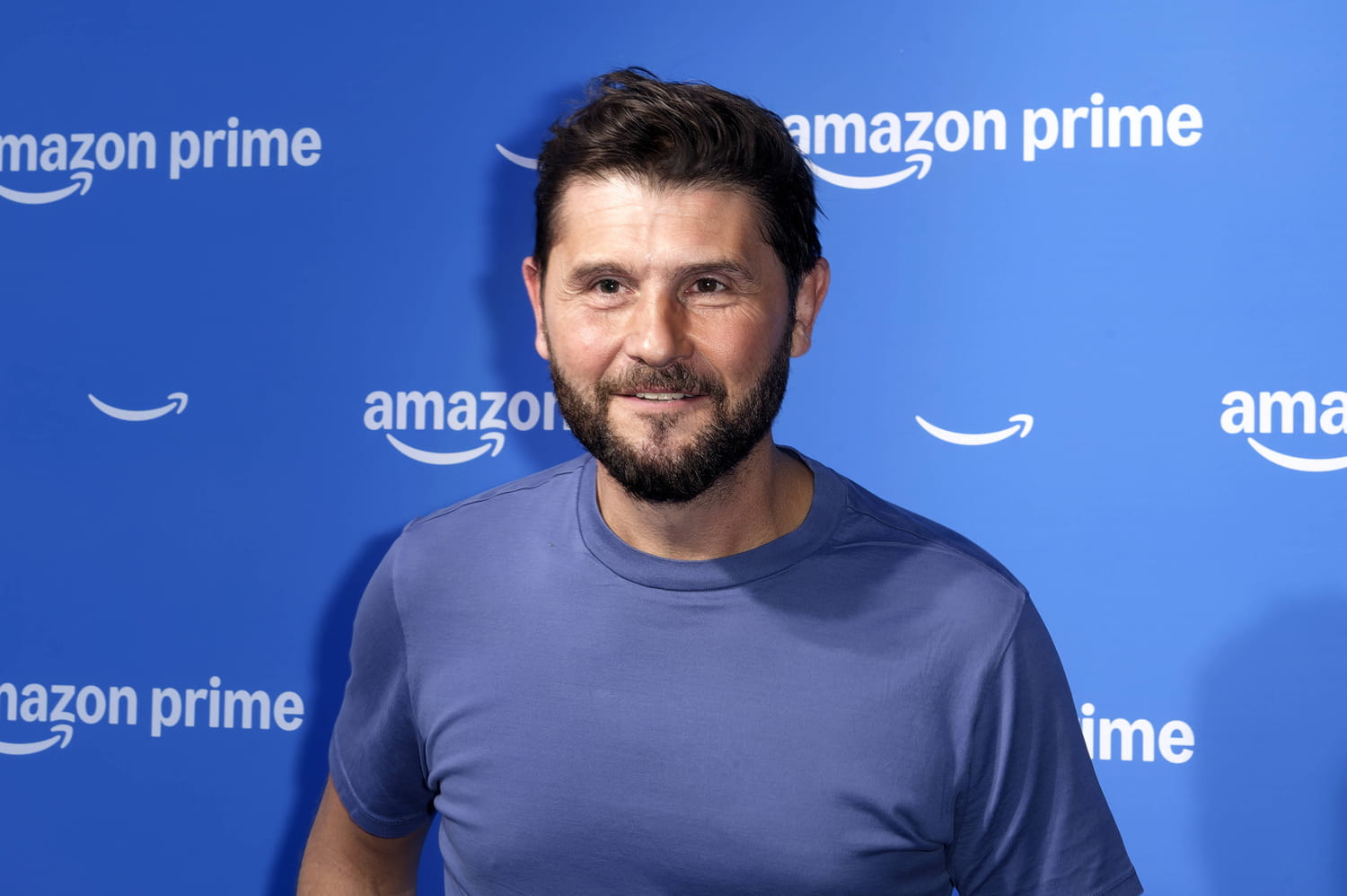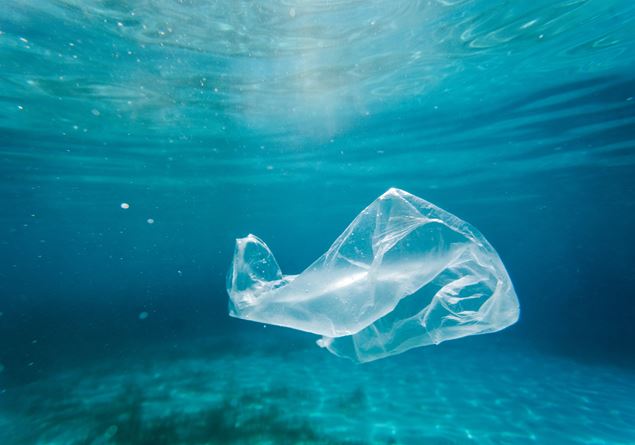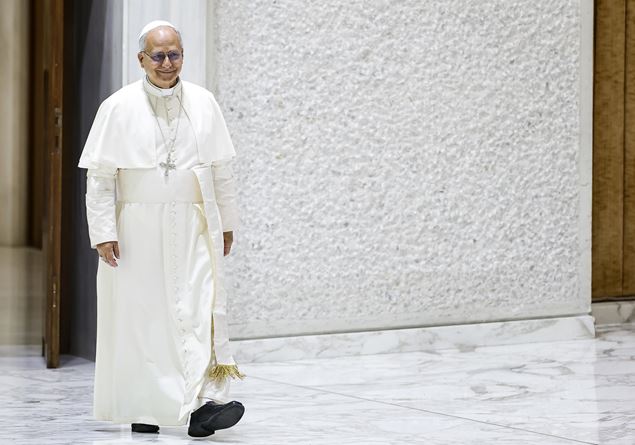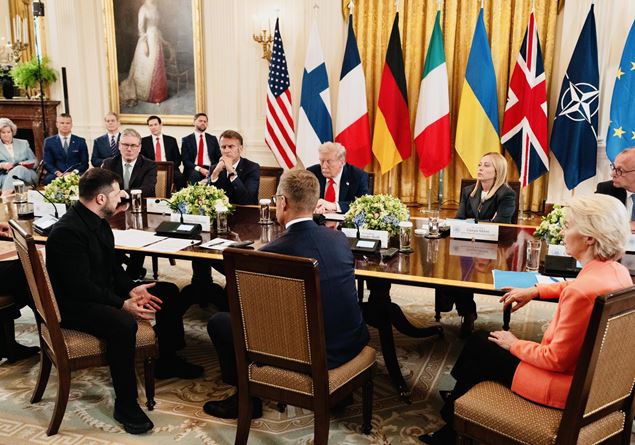Plastic is among us, within us. It is in the seas, in agricultural soils, in the air. But it is also in our lungs, in the blood. Humanity has created a practically immortal matter, and now this matter survives us, besieged us, incorporates us. Created to simplify life, now threatens the biosphere. For this reason, World Environment Day 2025, called as every year by the United Nations General Assembly, has an objective as ambitious as necessary: to defeat plastic pollution.
It is an initiative that is located under the global campaign led by UNEP (the United Nations program for the environment). But more than a slogan, it is a request for mobilization, an invitation to recognize a systemic failure. Our linear, predatory, destructive productive model has twisted against us. We who always think of remaining healthy in a sick world, as Francesco said about the pandemic.
430 million tons of plastic are produced each year. Half is useless. 11 million tons end directly in water ecosystems. Rivers, oceans, slopes, glaciers. Nothing is saved. And a minimal part – less than 10 percent – is recycled effectively.
But there is more. Plastic is not just a refusal. It is an insidious matter. It is not decomposed: it shatters. It crumbles in microplastics that insinuate themselves into the food chain, in organic tissues. They find themselves in fish, crustaceans, breast milk. “The world is drowned in plastic,” said UNEP executive director Ingera Andersen. “It is time to radically change the way we produce, consume and dispose of this material.”
As always, the environmental battle is not disconnected by the great geopolitical dynamics. Who produces more plastic? Who exports it? Who burns it in the factories, prioduce dioxin? The countries of the global North. Who suffers it? The coastal communities of the southern world, the indigenous populations, the Pacific fishermen. The same populations that in a few years, according to UN estimates, will see the sea level climbing 4 meters due to the dissolution of the ice and the fields of Grando desertificate. The solution is to migrate. Climate warming, in this scenario, is the Siamese brother of plastic pollution. The two crises feed each other. The greenhouse gase reduction plan, already fragile, has undergone a clear stop under the Trump administration, which reopened the doors to the draw of fossil fuels. His return is likely to arm this reversal of course. And in the meantime, methane, CO₂, chlorophalocarbons accumulate in the atmosphere.
From 9 to 13 June, in Nice, the largest UN conference on the oceans ever organized in history will take place. Over two thousand scientists from all over the world will participate. The focus will inevitably be on microplastics and the devastation of marine ecosystems. Because the sea is our thermostat. 90% of the excess heat, produced by greenhouse gases that imprisons the sun’s rays, inspected due to CO2, is absorbed by the oceans. And today, the oceans are collapsing. In fact, Greenland and Antarctica are melting, causing the next disappearance (it is said in 2035) of islands such as the Maldives.
In the meantime, under the silence of the great media, the UN negotiating process for a global treaty binding on plastic pollution goes on. The ambition is to arrive at a text by the end of the year, on the lines of the Paris agreement for the climate. But the resistances are strong. The petrochemical industry has direct interests in the production of plastic, and producing countries do not intend to take back.
What about us? Italy pretends not to see. According to Ispra, 86% of marine waste on the Italian seabed come from fishing activities. Abandoned networks, buoys, plastic tools. An submarine cemetery that continues to strangle the turtles and poison the fish. But the public debate focuses on something else. Separate collection, often blocked as a solution, is not enough. The problem is not how we dispose of: that’s what we produce.
This World Environment Day arrives at a crucial moment. We have technologies to reverse the course: compostable bioplastics, reusable packaging, filters for washing machines that capture microfibre, circular economy strategies. But political choices are missing. The will to break with a system that feeds on waste, waste, sick abundance is missing.











